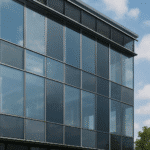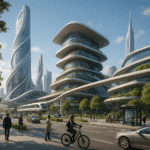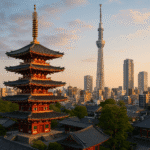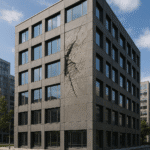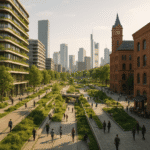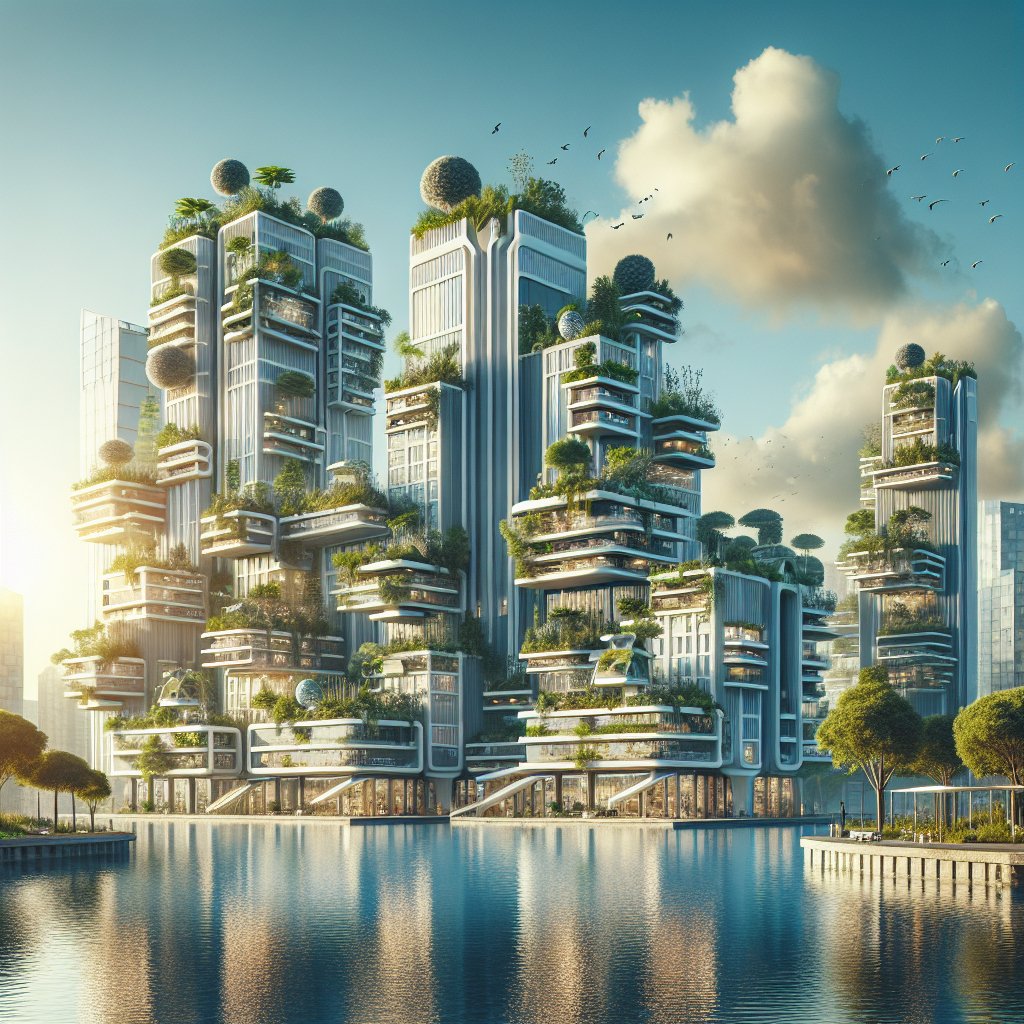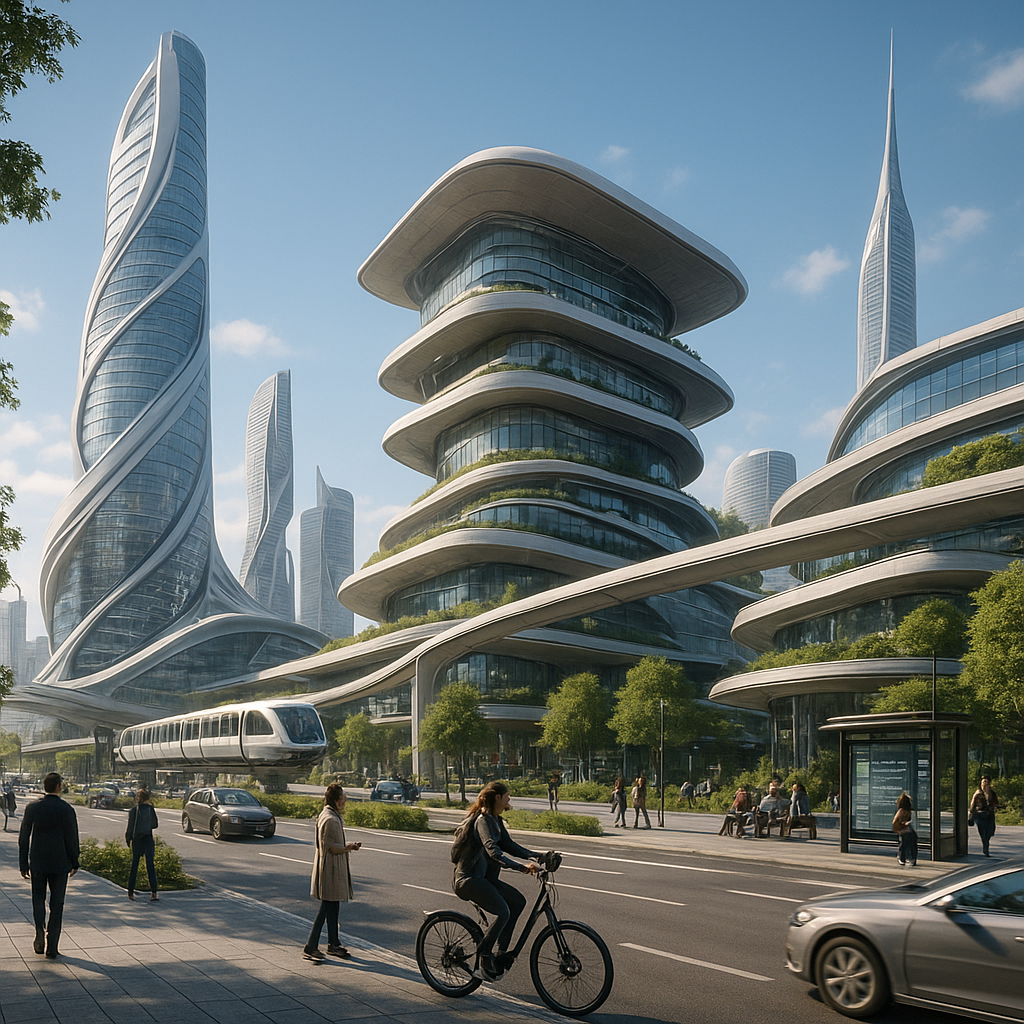Urban biodiversity is becoming an increasingly important consideration in the field of futuristic architecture, as architects and urban planners strive to create buildings that not only serve human needs but also support wildlife. This innovative approach to design seeks to integrate natural ecosystems into urban environments, promoting a harmonious coexistence between humans and nature.
The Rise of Biophilic Design
Biophilic design is a concept that has gained significant traction in recent years, emphasizing the connection between humans and nature within built environments. This design philosophy is rooted in the idea that humans have an innate affinity for the natural world, and that incorporating elements of nature into urban spaces can enhance well-being, productivity, and overall quality of life.
One of the key principles of biophilic design is the integration of natural elements such as plants, water features, and natural light into architectural spaces. This can be achieved through the use of green roofs, living walls, and indoor gardens, which not only improve air quality and reduce energy consumption but also provide habitats for various species of wildlife.
Incorporating biophilic design into urban architecture can also help mitigate the effects of climate change by reducing the urban heat island effect, improving stormwater management, and increasing biodiversity. By creating buildings that support wildlife, architects can contribute to the preservation of ecosystems and the promotion of sustainable urban development.
Case Studies: Buildings That Support Wildlife
Several innovative projects around the world exemplify the potential of futuristic architecture to support urban biodiversity. These buildings demonstrate how thoughtful design can create spaces that are not only functional and aesthetically pleasing but also environmentally responsible.
The Bosco Verticale in Milan
The Bosco Verticale, or “Vertical Forest,” is a pair of residential towers in Milan, Italy, designed by Stefano Boeri Architetti. These towers are covered with over 20,000 trees, shrubs, and plants, creating a vertical forest that provides a habitat for birds and insects. The vegetation also helps to filter air pollution, reduce noise, and regulate temperature, making the buildings more energy-efficient.
The Bosco Verticale is a prime example of how urban architecture can be designed to support biodiversity while also addressing the challenges of urbanization. By integrating nature into the built environment, the project demonstrates the potential for cities to become more sustainable and resilient.
The Singaporean Approach: Gardens by the Bay
Singapore is renowned for its commitment to urban greening, and Gardens by the Bay is a testament to this vision. This iconic project features a series of futuristic structures known as “Supertrees,” which are vertical gardens that support a diverse range of plant species. These structures are equipped with photovoltaic cells that harness solar energy, contributing to the park’s sustainability.
Gardens by the Bay also includes two conservatories, the Flower Dome and the Cloud Forest, which house a variety of plant species from different climate zones. These spaces provide educational opportunities for visitors to learn about biodiversity and the importance of conservation.
By integrating nature into its urban landscape, Singapore has created a model for other cities to follow, demonstrating how architecture can support wildlife and enhance the quality of life for urban residents.
Challenges and Opportunities
While the integration of urban biodiversity into architectural design presents numerous benefits, it also poses several challenges. One of the primary obstacles is the need for interdisciplinary collaboration between architects, ecologists, and urban planners to ensure that buildings are designed with the needs of both humans and wildlife in mind.
Additionally, the maintenance of green infrastructure can be resource-intensive, requiring ongoing investment in terms of time, money, and expertise. However, the long-term benefits of increased biodiversity, improved air quality, and enhanced urban resilience often outweigh these initial costs.
As cities continue to grow and evolve, there is a significant opportunity for architects to lead the way in creating buildings that support wildlife. By embracing biophilic design principles and prioritizing sustainability, architects can contribute to the development of urban environments that are not only livable for humans but also hospitable to a diverse range of species.
The Future of Urban Biodiversity
Looking ahead, the future of urban biodiversity in architecture is promising. As awareness of environmental issues continues to grow, there is an increasing demand for buildings that are designed with sustainability and biodiversity in mind. This shift in priorities is driving innovation in the field of architecture, leading to the development of new materials, technologies, and design strategies that support wildlife.
Emerging trends such as the use of biomimicry, which involves drawing inspiration from nature to solve design challenges, are also gaining traction. By studying the structures and systems found in nature, architects can develop solutions that are both efficient and environmentally friendly.
Ultimately, the integration of urban biodiversity into architectural design represents a significant step forward in the quest for sustainable cities. By creating buildings that support wildlife, architects can help to ensure a more harmonious coexistence between humans and nature, paving the way for a more sustainable and resilient future.

